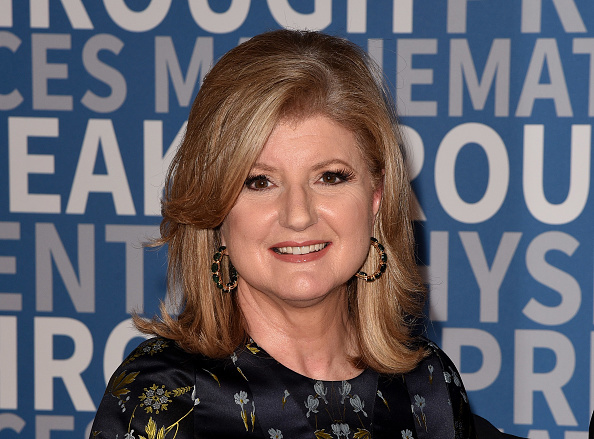This week Dr. Richard A. Friedman, professor of clinical psychiatry at Weill Cornell Medical College, published an op-ed in The New York Times asking: “Is burnout real?”
It was a backlash moment— not unexpected, but nevertheless swift — following the recognition last week by the World Health Organization of burnout as a syndrome stemming from “chronic workplace stress.”
The paradox is that Friedman is well aware of how rampant burnout is. Indeed, he considers a lot of the evidence, including a survey that found that 95 percent of human resource executives think burnout is hurting efforts to retain workers, and responds, “but when a disorder is reportedly so widespread, it makes me wonder whether we are at risk of medicalising everyday distress. If almost everyone suffers from burnout, then no one does, and the concept loses all credibility.”
So it’s strange to say, in the face of overwhelming evidence, that a phenomenon can’t be real because it’s widespread. That’s precisely what an epidemic is. Friedman’s observation that “almost everyone suffers from burnout” doesn’t refute the existence of a crisis — it makes the case for one. From the Industrial Revolution through the 1920s and 30s, exhaustion from an excessive workweek was the norm for nearly all workers. The fact that “almost everyone” was suffering from it didn’t mean “no one” was. Or that systemic reforms, in the form of the 40-hour work week, weren’t urgently needed.
Friedman also veers into a “kids these days” critique. He argues, correctly, that we’re seeing a “shift in cultural attitudes about the workplace and school.” But he goes on to say: “However well intended, we have created an unrealistic and misleading expectation that students and workers are supposed to be happy and stress-free at all times, and if they aren’t, it is a problem that needs to be fixed.” Are we really? Do you know a lot of people who expect to be “happy and stress-free at all times?” I’ve never met a single such person. And yes, Thrive Global employs plenty of hard-working millennials. And Friedman’s straw man is true of none of them.
There are several problems with this line of argument. Burnout, as the World Health Organization makes clear in its definition of the term, is very different from the unavoidable stresses of daily life. And arguing that today’s young people expect their educations and careers to be one long joyride simply isn’t backed up by the data. Burnout goes much deeper. It’s our always-on culture and the dramatic acceleration of the pace of life made possible by technology that have led to spikes in poor sleep, depression, anxiety and suicide, with depression and anxiety among teenagers increasing by 60 per cent in the last 20 years.
“Though I can’t prove it,” Friedman writes, “I suspect that my generation suffered less burnout than current students for the simple reason that we expected to have a rough ride, and our expectations often turned out to be worse than the real stresses we confronted.”
But it’s not unrealistic expectations that are the problem — and it’s hardly only young people who are burnt out.And the 96 percent of senior leaders who, according to a Harvard Medical School study, are experiencing burnout aren’t burnt out because they expected a stress-free existence. We see the feelings of “energy depletion or exhaustion,” as the World Health Organization defined a characteristic of burnout, across all generations and occupations, leading to a host of downstream health consequences that can’t be ignored.
So, is burnout real? Yes. Full stop. And when we call it what it is, we’re much better able to address it.
Want to share your story of how you thrive? Write to us at [email protected]


